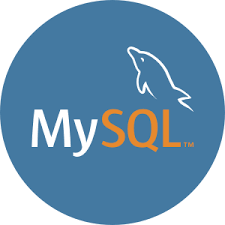MySQL Self Join

A self join is a regular join, but the table is joined with itself.
In the previous sections, we have learned about the joining of the table with the other tables using different JOINS, such as INNER, LEFT, RIGHT, and CROSS JOIN. However, there is a need to combine data with other data in the same table itself. In that case, we use Self Join.
We can perform Self Join using table aliases. The table aliases allow us not to use the same table name twice with a single statement. If we use the same table name more than one time in a single query without table aliases, it will throw an error.
The table aliases enable us to use the temporary name of the table that we are going to use in the query. Let us understand the table aliases with the following explanation.
Suppose we have a table named “student” that is going to use twice in the single query. To aliases the student table,
We can write it as:
Select … FROM student AS S1
INNER JOIN student AS S2; Self Join Syntax
SELECT column_name(s)
FROM table1 T1, table1 T2
WHERE condition;T1 and T2 are different table aliases for the same table.
Demo Database
In this tutorial we will use the well-known Northwind sample database.
Below is a selection from the “Customers” table:

MySQL Self Join Example
The following SQL statement matches customers that are from the same city:
Example
SELECT A.CustomerName AS CustomerName1, B.CustomerName AS CustomerName2, A.City
FROM Customers A, Customers B
WHERE A.CustomerID <> B.CustomerID
AND A.City = B.City
ORDER BY A.City;

No comments:
Post a Comment